Charlottesville started with a statue of Robert E. Lee - Here are 11 Confederate figures whose monuments are sparking controversy across the US
John H. Reagan: 2 statues, busts, and monuments on public land

Sam Davis: 2 statues, busts, and monuments on public land
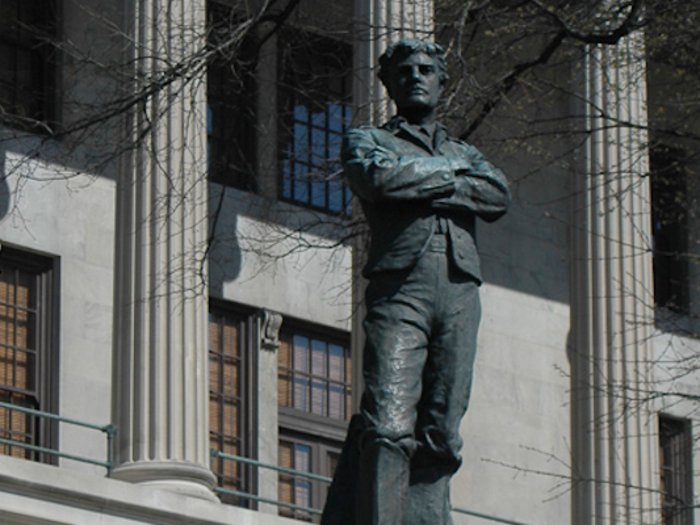
Davis was a 21-year-old Tennessean courier when he was captured by the Union and hanged as a spy in 1864. Shortly after his death, Davis became regarded as the Nathan Hale of the Confederacy.
The young man became an important figure in Confederate mythos.
In an article published in "The Myth of the Lost Cause and Civil War History," Lesley J. Gordon describes Davis as being remembered "another Confederate Christ." In the aftermath of the war, figures like Davis became crucial members of the Lost Cause pantheon, exemplifying "spotless, blameless, soldiers who ventured all for self-rule and died in a holy cause," according to Gordon. Propaganda about soldiers like Davis sustained the belief that the Confederate cause had been a just one.
William Read Scurry: 2 statues, busts, and monuments on public land
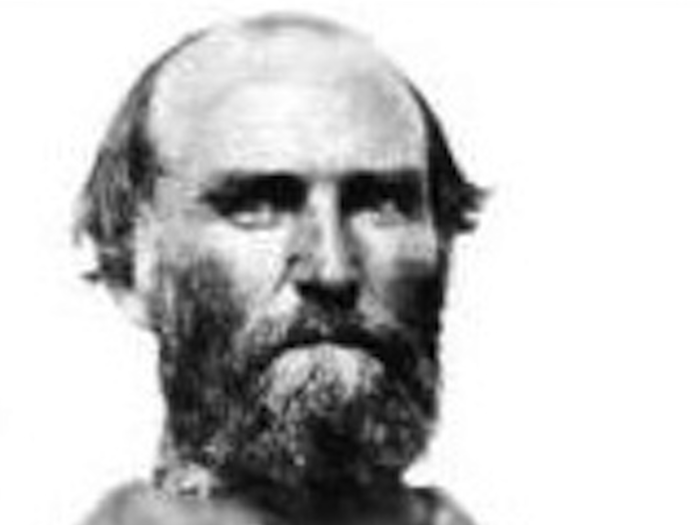
Born in Tennessee, Scurry moved to Texas as a teenager, fought in the Mexican-American War, and was a member of the state's secession conference.
According to the Civil War Trust, Scurry rose to the rank of Brigadier General and died at the Battle of Jenkins' Ferry in 1864.
Judah P. Benjamin: 2 statues, busts, and monuments on public land
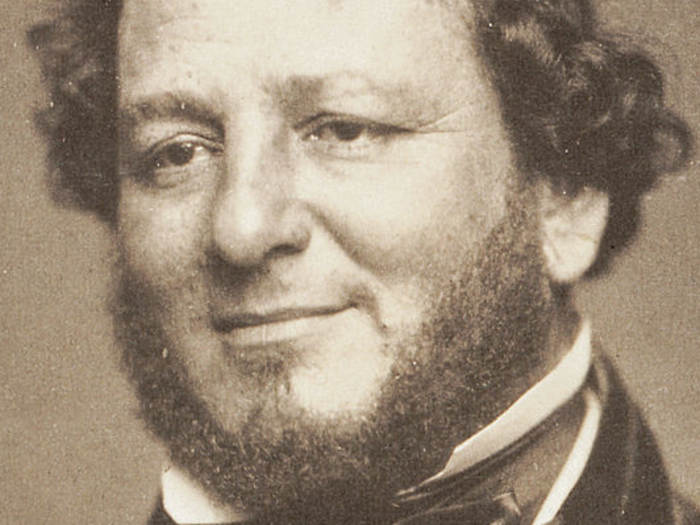
Before the Civil War, Benjamin represented Louisiana in the US Senate. He resigned when Louisiana seceded, and accepted the role of Jefferson Davis' attorney general.
In the New York Times, Terry L. Jones writes that Benjamin, a slave owner himself, eventually "supported emancipation and enlisting slaves into the army as a way of demonstrating that the war was about Southern independence and not slavery." Nothing came of his plans, however.
According to the New York Times, Benjamin became afraid that authorities would pin Abraham Lincoln's assassination on the leaders of the defeated Confederacy. He left the US, became a successful barrister in England, and never returned to the US.
J.E.B. Stuart: 2 statues, busts, and monuments on public land
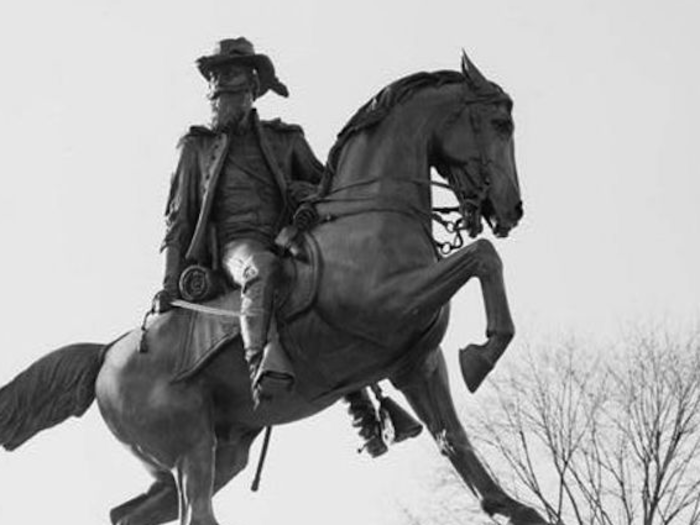
James Ewell Brown Stuart served in the US army before resigning to fight for the Confederacy. He developed a reputation for being a "master of reconnaissance missions," according to the Civil War Trust.
He was mortally wounded in the Battle of Yellow Tavern in 1864.
Because Stuart's cavalry failed to report on Union troop movements in the days leading up to the crucial Battle of Gettysburg, proponents of the Lost Cause have often lambasted him as contributing to the Confederacy's loss.
Henry Waktins Allen: 2 statues, busts, and monuments on public land
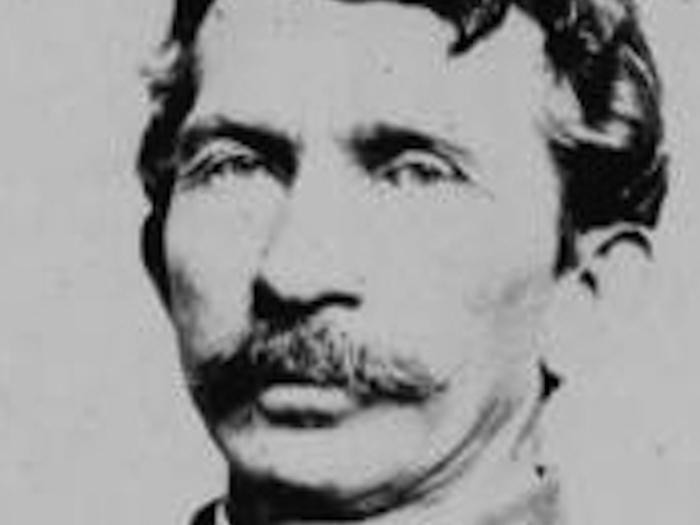
Allen served in the Louisiana state legislature and enrolled in the Confederate army when war broke out. He rose from the rank of private to become a brigadier general.
In 1863, he became the Confederate governor of Louisiana. According to Know Louisiana, he fled to Mexico after the war and became a newspaper editor. He died in Mexico City and never returned to the US.
Joseph Wheeler: 3 statues, busts, and monuments on public land
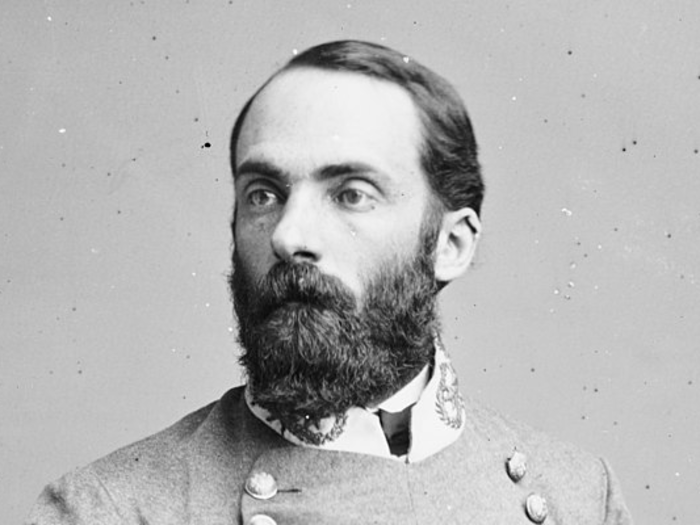
Known as "Fighting Joe," this Georgia native served as a general for the Confederacy during the Civil War and a general for the US in the subsequent Spanish-American War and the Philippine-American War.
According to the Biographical Directory of the United States Congress, he went on to serve in Congress.
Nathan Bedford Forrest: 3 statues, busts, and monuments on public land
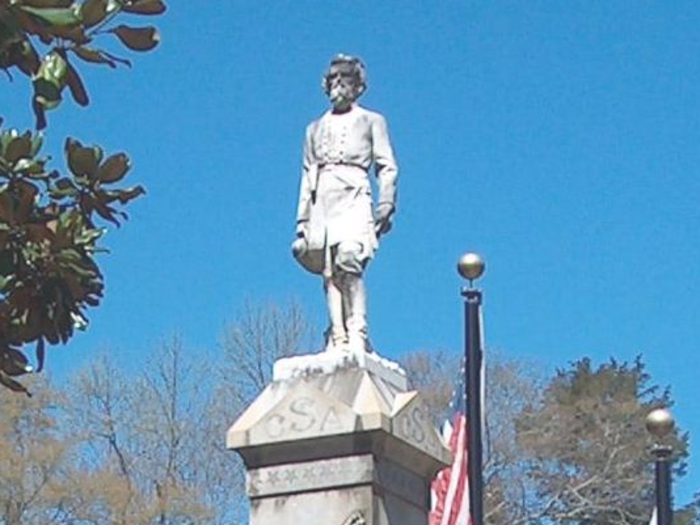
Not only was Nathan Bedford Forrest a prominent Confederate general — he was also a high-ranking member of the Ku Klux Klan, which he helped found after the Civil War.
The Tennessee native also perpetuated a massacre at Fort Pillow in 1864. After capturing the fort, Forrest's men executed numerous African American troops after they had surrendered. According to the Civil War Trust, "'Remember Fort Pillow' became a rallying-cry for African American soldiers throughout the Union Army."
Thomas 'Stonewall' Jackson: 6 statues, busts, and monuments on public land
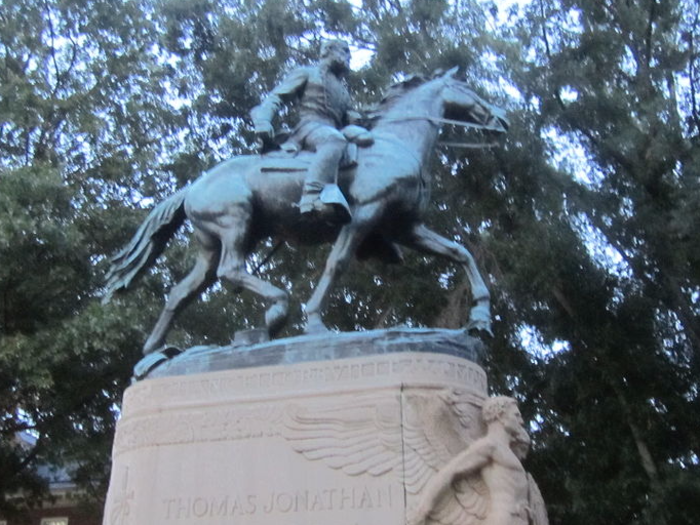
For adherents to the Lost Cause, "Stonewall" Jackson is an important figure, representing the bravery and nobility of the Southern cause.
Jackson remains one of the most famous Confederate generals to this day. He was one of the South's best tactical commanders and became a "military celebrity" in his own time, according to the Civil War Trust. His death, due to a pneumonia contracted after being injured by friendly fire, hurt Confederate morale.
Robert E. Lee: 9 statues, busts, and monuments on public land
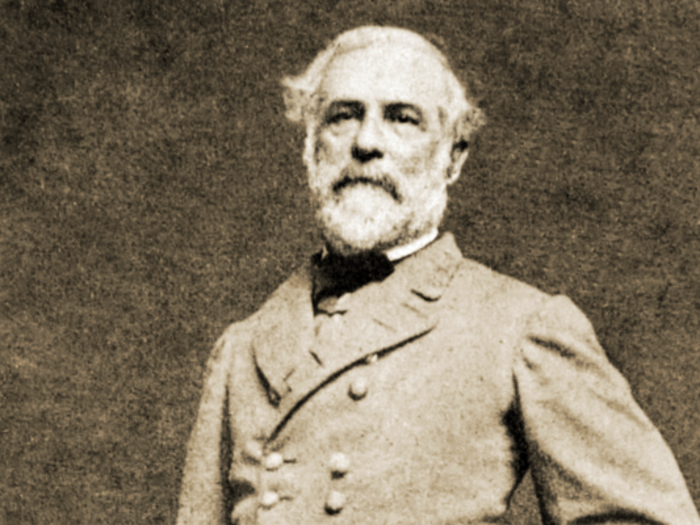
Lee, the commander of the Confederate Army of Northern Virginia, is at the center of the recent violence in Charlottesville.
However, the man himself was opposed to Confederate monuments.
ABC reports that, after the war, Lee himself "resisted efforts to build Confederate monuments in his honor and instead wanted the nation to move on from the Civil War."
Despite losing the war, Lee became an icon in the North and South alike, thanks to the Lost Cause ideology.
As a result, Lee has been venerated since the Civil War. His decision to support a slave state has been minimized. Despite some major military blunders, he is remembered as a military genius.
Jefferson Davis: 10 statues, busts, and monuments on public land
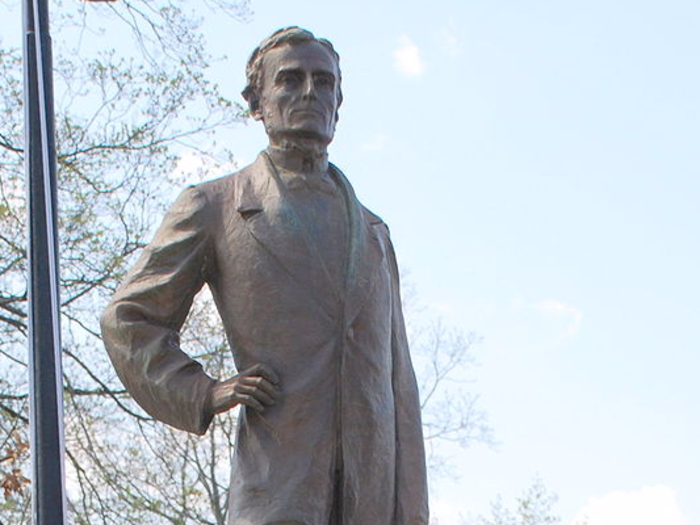
Before the Civil War, Davis served in Congress and worked as President Franklin Pierce's War Secretary. He resigned in 1861 and became president of the Confederate States the following year.
Despite initially being popular in the South, Confederate losses and Davis' government's ineffectiveness quickly eroded public good will, according to the Civil War Trust. By the time Davis was captured by the Union, his popularity in the South was virtually nonexistent.
However, the Lost Cause ideology ultimately adopted Davis as a central figure. This post-war ideology served to erase slavery and celebrate the Confederate cause as heroic.
Years after the war, Davis published a book — "The Rise and Fall of the Confederate Government" — defending the Confederacy. The book endeared him to Confederate proponents and improved his image.
Popular Right Now
Advertisement